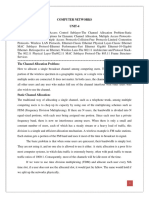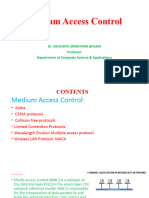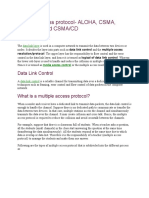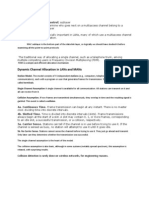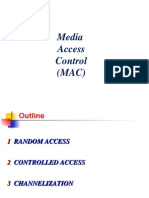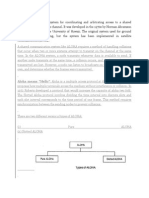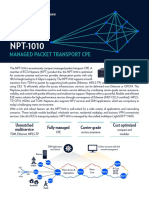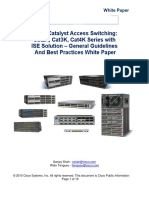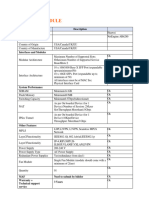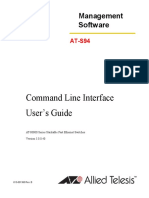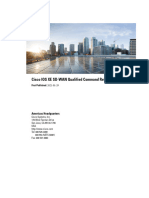0% found this document useful (0 votes)
15 views21 pagesMultiple Access Protocols
Multiple Access Protocols are essential for managing data transmission in networks with multiple devices, ensuring efficient communication without collisions. The Data Link Layer oversees data transmission, employing methods like Data Link Control and Multiple Access Control to facilitate smooth channel sharing. Various protocols, including ALOHA, CSMA, and Ethernet, are utilized to address the challenges of simultaneous data transmission and ensure reliable communication.
Uploaded by
stuartlittle240805Copyright
© © All Rights Reserved
We take content rights seriously. If you suspect this is your content, claim it here.
Available Formats
Download as PDF, TXT or read online on Scribd
0% found this document useful (0 votes)
15 views21 pagesMultiple Access Protocols
Multiple Access Protocols are essential for managing data transmission in networks with multiple devices, ensuring efficient communication without collisions. The Data Link Layer oversees data transmission, employing methods like Data Link Control and Multiple Access Control to facilitate smooth channel sharing. Various protocols, including ALOHA, CSMA, and Ethernet, are utilized to address the challenges of simultaneous data transmission and ensure reliable communication.
Uploaded by
stuartlittle240805Copyright
© © All Rights Reserved
We take content rights seriously. If you suspect this is your content, claim it here.
Available Formats
Download as PDF, TXT or read online on Scribd
/ 21










